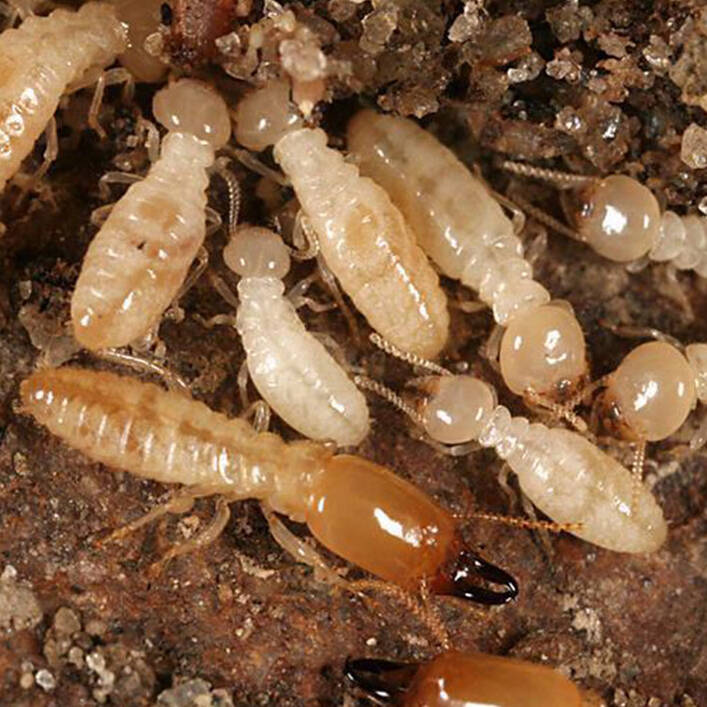Termite Control Service
Subterranean termites, incorrectly referred to as ‘white ants’, are responsible for most of the damage. Termites are social insects and live in colonies in soil. Each colony consisting of King, Queen, Workers and Soldiers. In some species, colony population may grow up to 10 million per year. They are voracious eaters of anything –like wood, paper, textiles, etc.—that contains cellulose. In search of their food, they even damage the noncelluloid materials like plastic, synthetic rubber, neoprene, telephone and electrical cables, etc. Generally, everything that we possess in our buildings is vulnerable to termite damage.
How we know about Termite infestation: Subterranean termite is most common termite in Thailand which cause damage to our properties. The most common sign we can easily see at the time of termite infestation are:
- Winged Reproductive or Swarmers or alate: Alate are young winged female and male termite which generally visible near light source during rainy season.
- Mud Tubes: Subterranean termites build mud tubes to provide moisture while they travel between their colony and food source. Mud tubes are most common infestation sign which is often found near home foundation or other moisture areas in building.
- Wood Damage: Termites tend to eat wood from the inside out, so wood that sounds hallow when tapped often signifies a termite infestation.
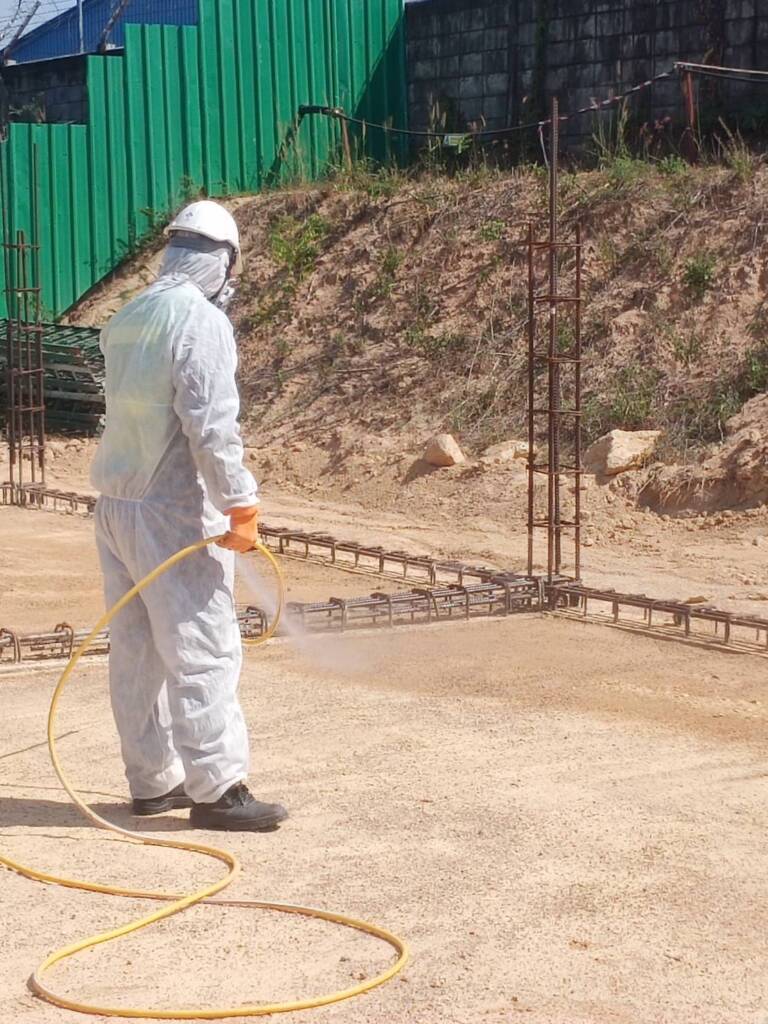
Why you need termite control: Termites are very useful in our ecosystem. However, when they invade and attack our homes, they can cause great damage to our property and other valuables as they tend to consume wood and its products such as paper, furniture, clothing, carpets etc. but in search of food they also damage leather, rubber, electrical wire coatings, nylon, neoprene etc.
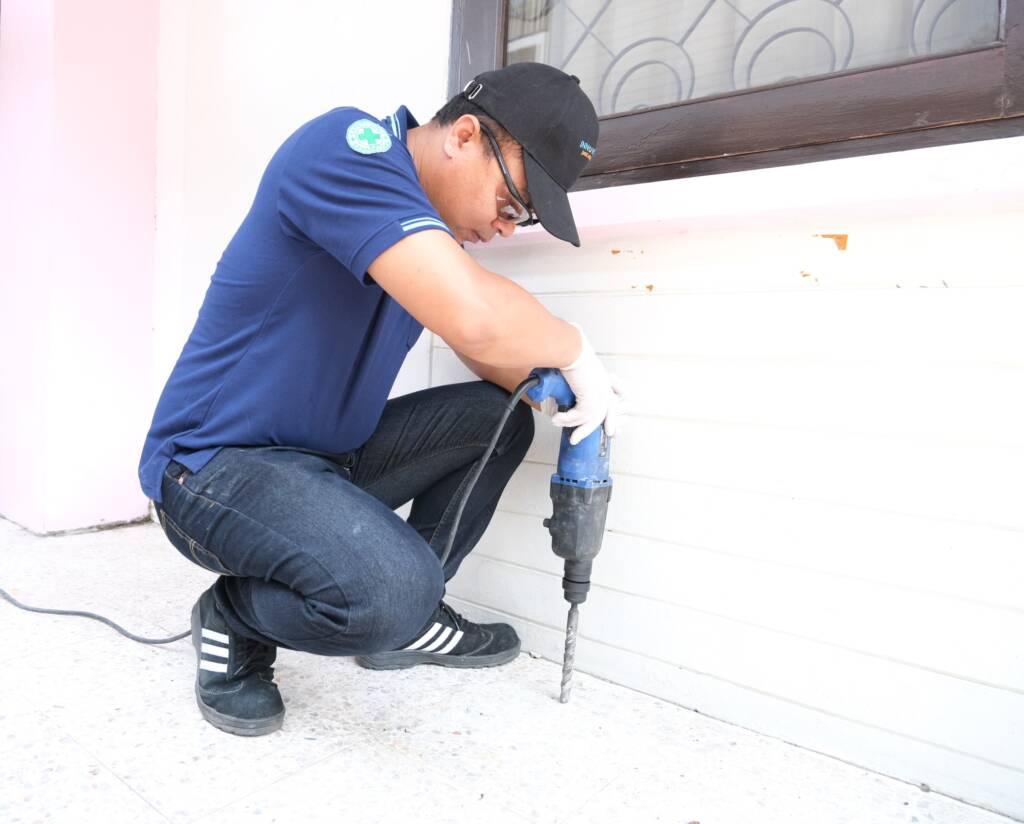
Innovative pest management way to termite control
Innovative Pest Management professionals carried out proper inspection with proper tools to determine way for treatment. Innovative Pest Management offer chemical treatment and baiting system for termite colony elimination.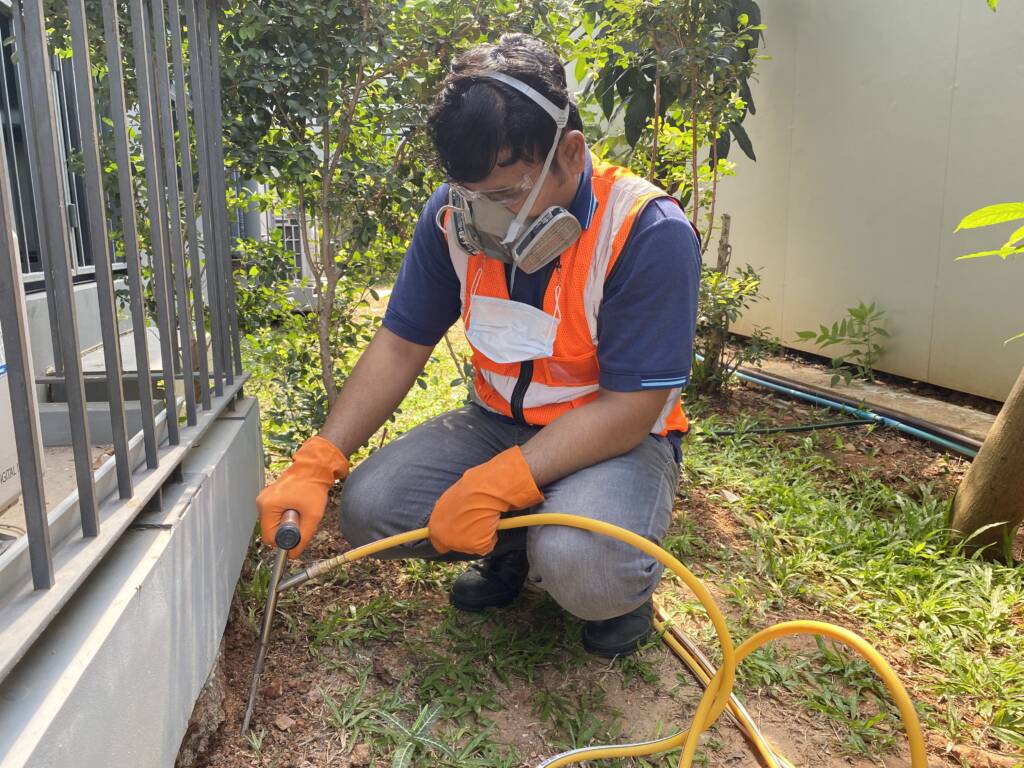
Chemical Treatment: Innovative Pest Management offer pre-construction and post construction anti termite with appropriate termiticide.
-
- Pre-construction anti termite treatment: Innovative Pest Management offer pre-construction anti termite treatment with 3 years warrantee. The principle of the Pre-construction anti termite treatment is to create a continuous termiticide barrier below and around the building which is under construction, so as to deny entry to the subterranean termites into the buildings. The chemical treatment commence after the foundation and the plinth wall construction is completed followed by installation of pour pipes around all plinth walls through which termiticide can sprayed time to time.
-
- Post-construction anti termite treatment: To create proper barrier along with wall and floor junction our experts make drill, at 1.0 – 1.5 meters intervals, in the outside of foundation walls and inject termiticide in each hole. Once the holes have been filled with termiticide, we sealed them with white cement.
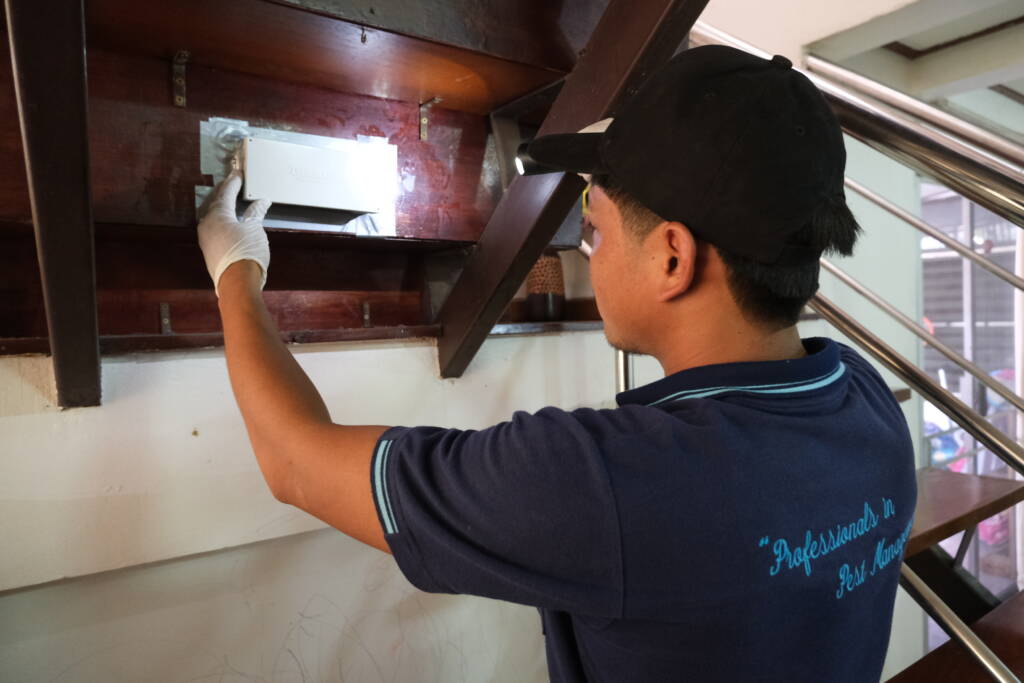
Termite Baiting System: Innovative Pest Management use termite baiting system to eliminate termite colonies from your premises. Termite baits are less toxic and ecofriendly tool in which small amounts of termiticide mixed in cellulose which knock out populations of termites foraging in and around the structure. Our baiting system contain in-ground, in-concrete and above ground bait stations which cover all floor.
How can I keep my building free from termite?
-
- Removal of all stumps, roots, wood, and similar materials from the building site before construction is begun.
- Removal all form boards and grade stakes used in construction.
- After construction, keep the soil around the foundation dry through proper grading and drainage.
- Reduce openings that offer termites access to the structure (filling cracks in cement foundations as well as around where utilities pass through the wall with cement, grout, or caulk).
- Ensure that trees and shrubs are not planted too close to the structure and do not allow them to grow against exposed wood surfaces.
- Do not pile or wood debris next to the house.

